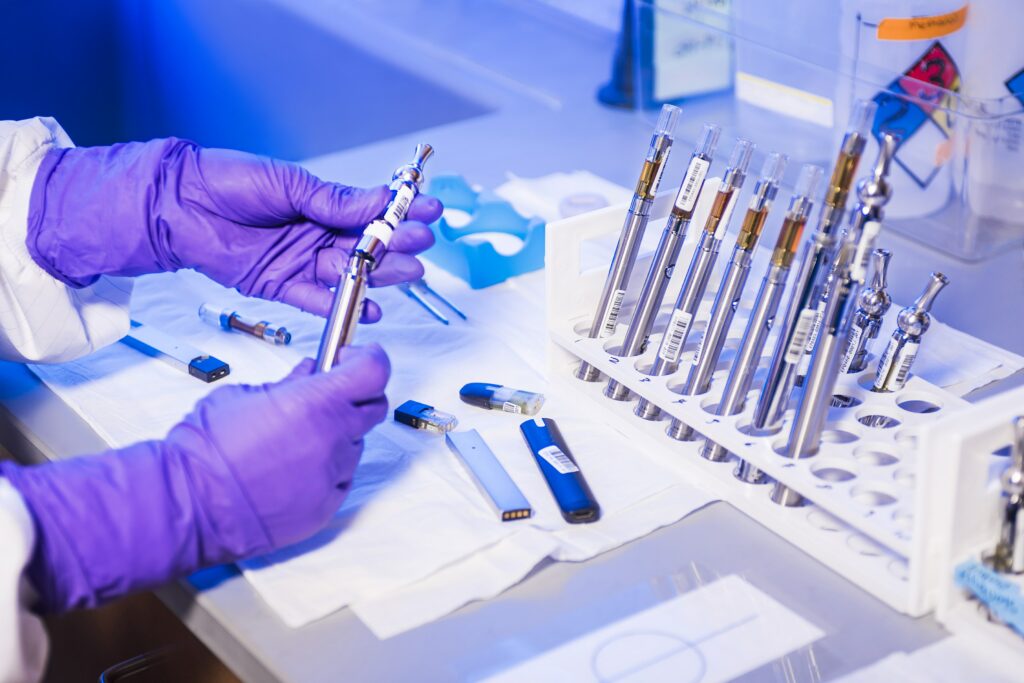There are many different types of tobacco available on the market today. Each type has its own unique flavor and nicotine content.
1. Cigarettes
Cigarettes are the most popular type of tobacco product in the world. Cigarettes account for the largest share of manufactured tobacco products in the world—96 percent of total sales. Many worldwide manufacturers produce and export cigarettes as their main revenue.
Cigarettes are made from a blend of tobacco leaves and other additives. The tobacco leaves are rolled into a paper tube and then smoked. Cigarettes are available in a variety of flavors, including menthol, regular, light, blueberry, vanilla and etc.
Cigarettes are made from a various types of shredded tobacco, including Virginia, Burley, and Oriental tobacco which are blended together in a unique ratio of each brand to create an intimidating flavor. Then wrapped in paper and rolled into a cylinder. They are lit at one end, and the other end is usually fitted with a cellulose acetate filter, allowing for easy inhalation.
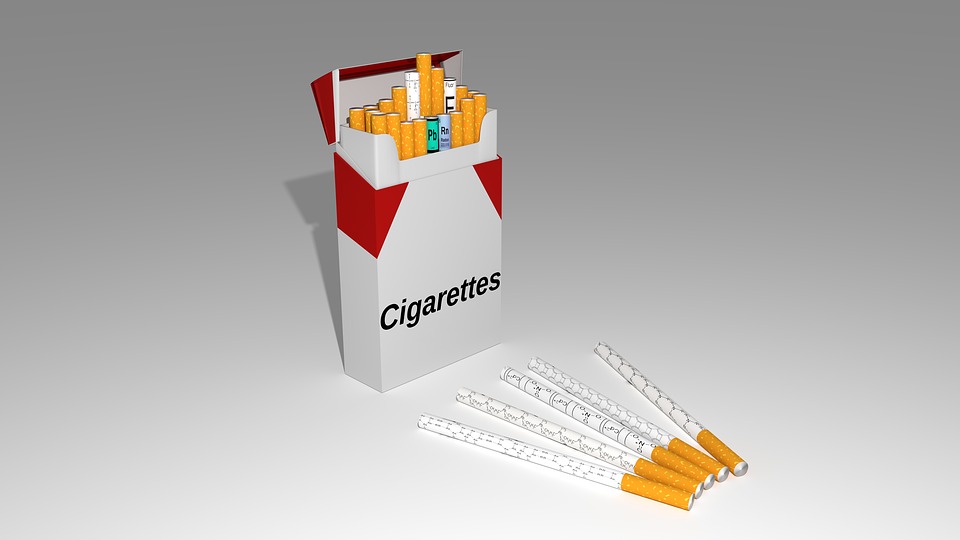
2. Smokeless tobacco: Smokeless tobacco is tobacco that is not burned.
Smokeless tobacco products are made of tobacco that is chewed, sucked or sniffed rather than smoked. Nicotine is absorbed through the oral tissues and occasionally ingested. Around the world, a variety of smokeless tobacco products are used. The most widely used tobacco products are chewing tobacco, snuff, snus, and dissolvable tobacco.
a. Chewing tobacco
Oral smokeless tobacco products are sucked (dipped) or chewed after being placed in the mouth, cheek, or inner lip. Chewing tobacco include loose leaves, twists, and compressed leaves (called a plug). They might create flavor between the cheek and the gum, one chews tobacco. The excess saliva in the mouth is either spit out or ingested. Smoking tobacco is also referred to as chewing, spitting, or spit. Tobacco pastes or powders are applied to the gums or teeth in the same way. This mode of tobacco consumption became associated with American baseball players during the twentieth century, and was sometimes referred to as “spit tobacco” because users spit out the built-up tobacco juices and saliva.
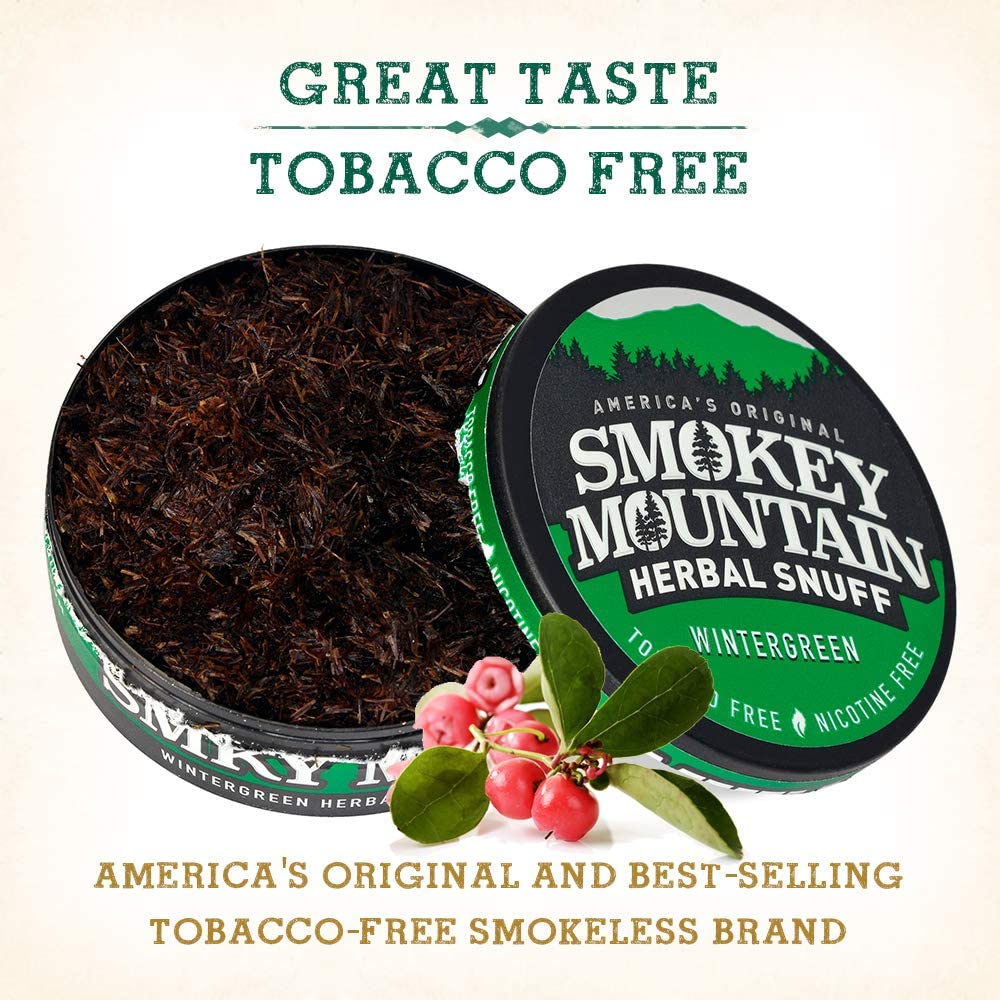
b. Snuff
Finely ground tobacco can be either dry or moist when used as snuff. It comes in tins or pouches. It might have flavor. Snuff is inserted in a pinch along the gum line, either between the gum and cheek or behind the lip. Snuff use is also referred to as dipping. A person can snort dry snuff.
Dry snuff is tobacco powder that is either taken orally or inhaled through the nose and absorbed through the nasal mucosa. Dry snuff use, which was once widespread, is currently on the decline, especially in Europe.
Snuff is usually scented or flavored, with many blends of snuff requiring months to years of special storage to reach the required maturity. Typical traditional flavors are varieties of blended tobacco leaves considered original “fine snuff” without any addition of scents or essences. Varieties of spice, piquant, fruit, floral, and mentholated (also called “medicated”) soon followed, either pure or in blends. Each snuff manufacturer usually has a variety of unique recipes and blends, as well as special recipes for individual customers. Common flavors also include coffee, chocolate, bordeaux, honey, vanilla, cherry, orange, apricot, plum, camphor, cinnamon, rose, and spearmint. Modern flavors include bourbon, cola, and whisky.
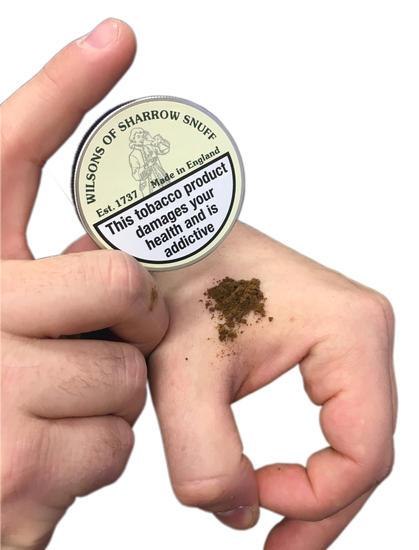
c. Snus
Snus is a sort of moist snuff that was invented in Sweden and is pronounced: “snoos.” You can buy it in pouches or loose. To eliminate microorganisms that could create compounds that cause cancer, snus is pasteurized. Some research indicates that oral cancer, heart disease, stroke, lung cancer, and other lung issues aren’t as common among snus users as they are among smokers.
Snus is an oral smokeless tobacco product that is typically placed behind the upper lip, either loose or in portioned sachets and is popular in Sweden and Norway. Because snus contains nicotine, it is addictive and can lead to dependence. Quitting this habit has the same negative side effects as quitting smoking, such as headaches and nausea. Smokeless tobacco products contain more nicotine and nitrosamines than cigarettes, though snus has lower nitrosamine levels than other smokeless products.
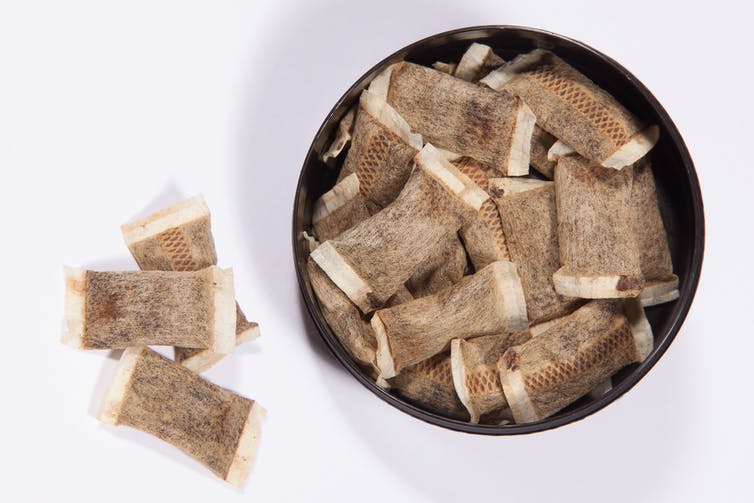
d. Dissolvable tobacco
Powdered tobacco is pressed into shapes like tablets, sticks, or strips to create soluble tobacco products. Some of them may resemble candy but really contain sugars or flavors. One chews or holds the pressed tobacco in the mouth until it melts. These items are not the same as the nicotine lozenges that aid smokers in giving up.
Dissolvable products can have up to three times the nicotine content of a cigarette. A typical cigarette smoker consumes approximately 1 milligram of nicotine. The Camel Dissolvables brand is said to contain between 0.6 and 3.1 milligrams of nicotine per tablet. As a result, the nicotine content of the products is high. Smokers who use these products may receive a higher dose of nicotine than they are accustomed to, potentially resulting in nicotine poisoning, which manifests as tremors, nausea, vomiting, agitation, and, in more severe cases, seizures, coma, and death. The high nicotine content, combined with the products’ nature and ease of use, can be lethal.
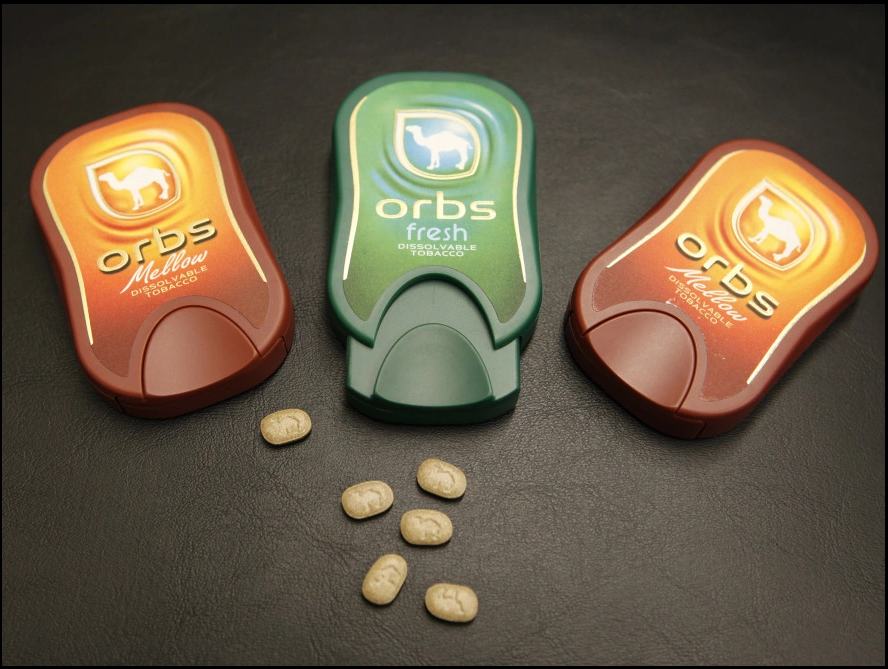
3. Cigars
The majority of cigars are made with a single type of air-cured or dried tobacco. Cigar tobacco leaves are aged for about a year before fermentation, which can take 3 to 5 months. Fermentation alters tobacco through chemical and bacterial reactions. The long and complex aging and fermentation process generate high concentrations of carcinogenic compounds, which are released during combustion. This is what distinguishes cigars from cigarettes in terms of flavor and aroma.
Regular cigars are bigger than cigarettes and lack a filter. Little cigars, or cigarillos, are very similar to cigarettes in size and shape, have filters, and are filled with pipe tobacco. Little cigars are frequently flavored (e.g., chocolate, cherry, apple, mango). Like cigarettes, they can be purchased individually or in packs of 20.
Cigars contain more nicotine than cigarettes. The nicotine in cigars is absorbed through the lungs just as quickly as it is in cigarettes. When a person does not inhale, the nicotine is absorbed more gradually through the mouth lining.
Any cigar smoker will find the experience relaxing and enjoyable. If you want to try cigar smoking, educate yourself on the risks and select a high-quality product.
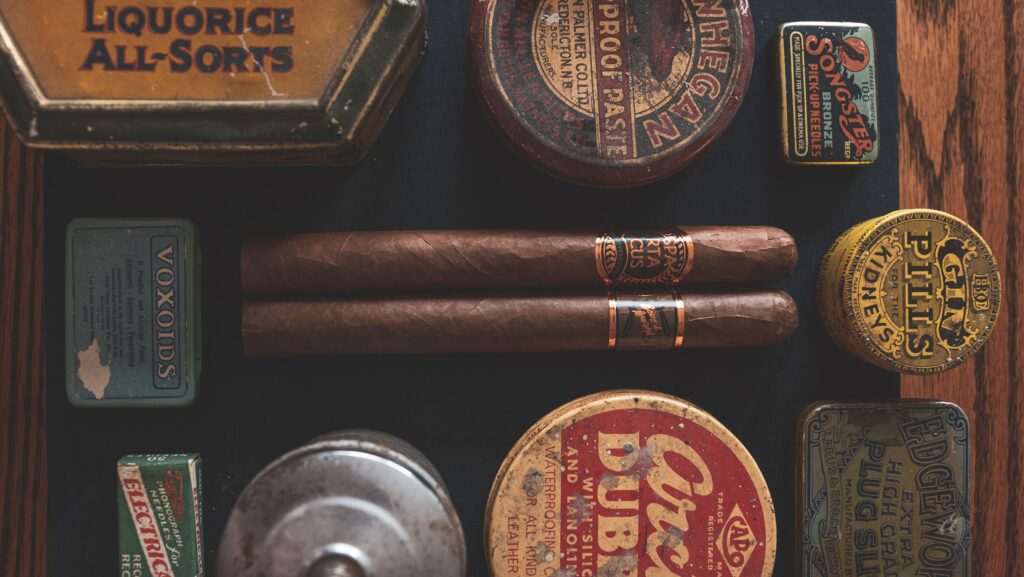
4. Pipes
A pipe is a type of tobacco product that is made by packing tobacco into a bowl and then smoking it. Pipes, which typically consist of a chamber or bowl, stem, and mouthpiece, are frequently reusable. Tobacco is inserted into the bowl and ignited. The smoke is then inhaled after being drawn through the stem and mouthpiece.

5. Electronic cigarette or E-cigarette (nicotine delivery system)
The electronic cigarette (e-cigarette) is a battery-powered device that contains a cartridge containing nicotine, flavor, and other chemicals. The electronic cigarette is a nicotine delivery system rather than a tobacco product.
The user inhales the vapor created after the e-cigarette transforms the nicotine and other chemicals into it. Puffing on it like a cigarette, the user will receive a vaporized solution of propylene glycol/nicotine. There is no tobacco or cigarettes burning involved, and the e-cigarette emits no smoke. It also does, however, produce a fine, heated mist.
The e-cigarette frequently resembles a real cigarette, and some models have glowing tips. Other models resemble ballpoint pens. The majority of electronic cigarettes are reusable.
Various nicotine levels and flavors, including menthol, cherry, chocolate, mint, and orange, are available in re-fillable and replaceable cartridges. There are also cartridges that claim to contain no nicotine, despite studies conducted by the US Food and Drug Administration (FDA) revealing that these cartridges do contain nicotine. The World Health Organization claims there are no studies demonstrating that the electronic cigarette is a safe and effective nicotine replacement therapy and no scientific evidence to confirm the product’s safety. Nevertheless, this product is frequently marketed as a smoking alternative or a quit-smoking aid. According to recent studies by the FDA, e-cigarettes contain toxic chemicals and known carcinogens that are harmful to the user.
